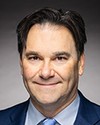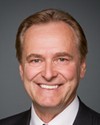I believe so. We have our modelling expert in the gallery, and he can verify a few questions.
Evidence of meeting #33 for International Trade in the 41st Parliament, 1st session. (The original version is on Parliament’s site, as are the minutes.) The winning word was negotiations.
A recording is available from Parliament.


